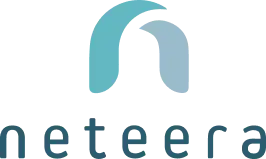Contactless Remote
Patient Monitoring
Keeps Watch 24/7
Because You Can't
Patients need uninterrupted care from caregivers
who can’t be everywhere. Our continuous vitals and activity monitoring help ease
the struggle between resources and care.
Contactless Remote
Patient Monitoring
Keeps Watch 24/7
Because You Can't
Patients need uninterrupted care from caregivers
who can’t be everywhere. Our continuous vitals and activity monitoring help ease
the struggle between resources and care.

Connect With Patients Even
When You’re Not There
Connect With Patients Even
When You’re Not There
Focus on care, not collecting data.
Our contactless remote patient monitoring system delivers real-time insight, allowing staff to work at the top of their license.
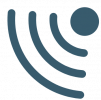
Ambient Technology
No contact, camera, microphone, or wearables

Private & Secure
Protects patient data and privacy
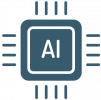
AI-Driven Insights & Alerts
Provides actionable insights
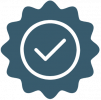
Certified & Compliant
FDA-cleared and CE MDR-certified by NB 2797

Ambient Technology
No contact, camera, microphone, or wearables

Private & Secure
Protects patient data and privacy

AI-Driven Insights & Alerts
Provides actionable insights

Certified & Compliant
FDA-cleared and CE MDR-certified by NB 2797
Smart Technology Makes It Possible
Identify concerning changes, intervene early, and guide timely treatment.
Reduce manual data collection, limit unnecessary alerts, and free more time for care.
Review patterns in your daily report to assess progress or setbacks to align resources where they are needed most.
Apply quick action to increase treat-in-place care, shorten stays, lower readmissions, and avoid unnecessary transfers and ER visits.
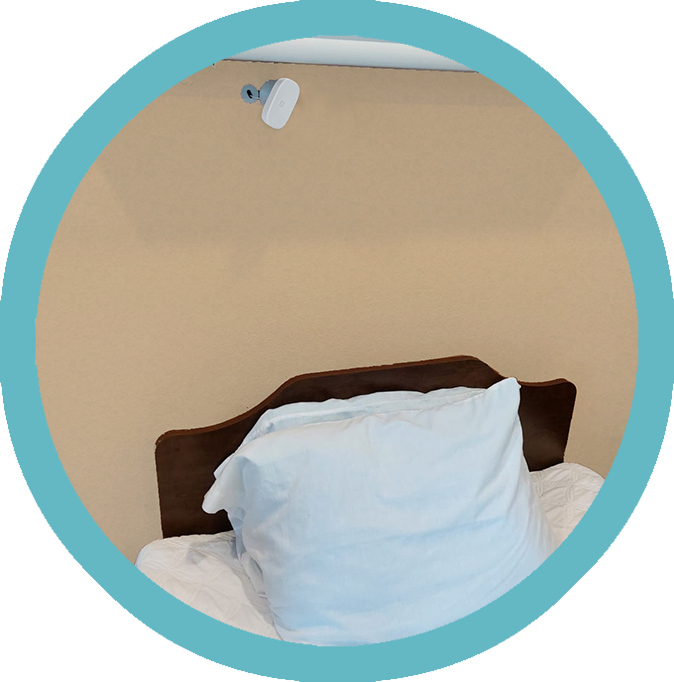
Smart Technology Makes It Possible
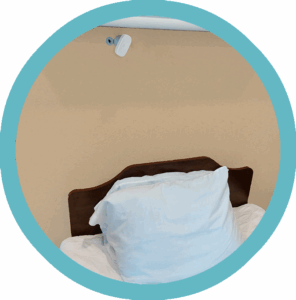
Identify concerning changes, intervene early, and guide timely treatment.
Reduce manual data collection, limit unnecessary alerts, and free more time for care.
Review patterns in your daily report to assess progress or setbacks to align resources where they are needed most.
Apply quick action to increase treat-in-place care, shorten stays, lower readmissions, and avoid unnecessary transfers and ER visits.
Untether Patients & Staff From Traditional Monitoring Solutions
Untether Patients & Staff From Traditional Monitoring Solutions
The Neteera System discreetly monitors in the background, without disrupting care or comfort.
Continuous data is sent to a single, centralized dashboard or integrated into your EHR. These insights can be accessed by everyone on the team to allow for a consistent standard of care.
No Wearables • No Cameras • No Microphones • No Disposables • No Maintenance
• No Wearables
• No Cameras
• No Microphones
• No Disposables
• No Maintenance
Cardiovascular
Monitoring
- Heart rate monitoring within a range of 40-160 beats per minute (BPM)
- Heart rate interval and variability (HRI, HRV) metrics
- Use cardiovascular pattern analysis to aid in the early detection of health concerns

Respiratory
Monitoring
- Breath rate measurements within a range of 5 to 40 breaths per minute (BrPM)
- Recognize respiratory rate changes as small as 1 breath per minute within 30 seconds to enable rapid response
- Identify trends to detect gradual respiratory changes
Bed Exit
Monitoring
- Receive alerts when a patient exits their bed
- Track frequency and duration of bed exits
- Potentially reduce falls with proactive notifications
- Detect patterns that may indicate UTIs or other health issues
- Can aid recognition of emergency situations requiring immediate response

Position Change Detection
& Movement Insights
- Measure patient activity and movement patterns around the clock to identify anomalies, restlessness, or low movement
- Use timely position change alerts to adhere to care plans and possibly prevent pressure ulcers
- Identify distress or behavioral changes possibly indicating health concerns through unusual movement patterns
- Support fall prevention protocols with movement analysis
Neteera System data and insights can help you:
- Reduce falls with proactive notifications
- Identify changes or anomalies indicating health concerns
- Adhere to care plans and prevent pressure ulcers
- Detect restlessness or low movement
- Provide immediate response in emergency situations
- Reduce falls with proactive notifications
- Identify changes or anomalies indicating health concerns
- Adhere to care plans and prevent pressure ulcers
- Detect restlessness or low movement
- Provide immediate response in emergency situations
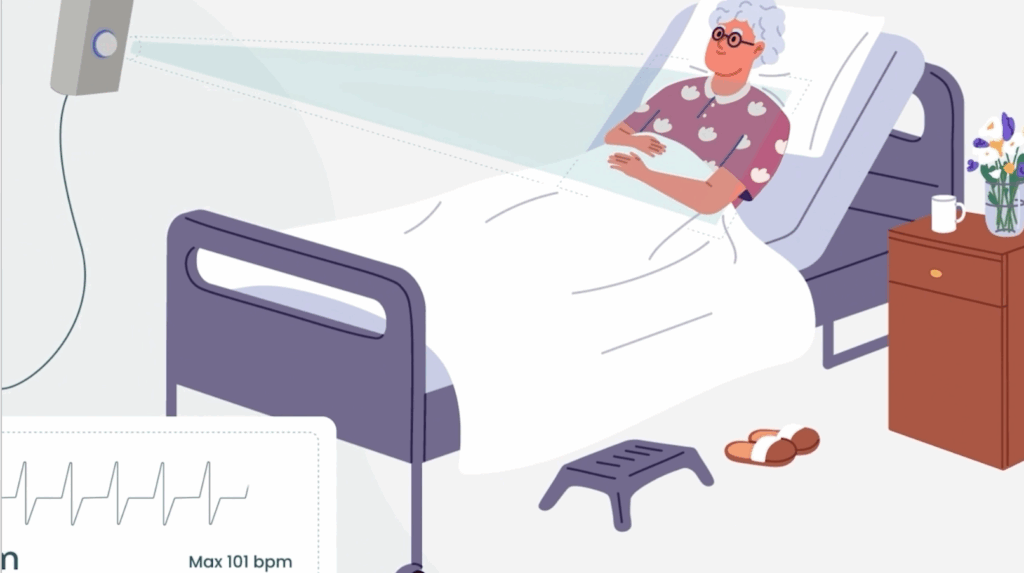
Ideal for These Care Settings
Ideal for These
Care Settings
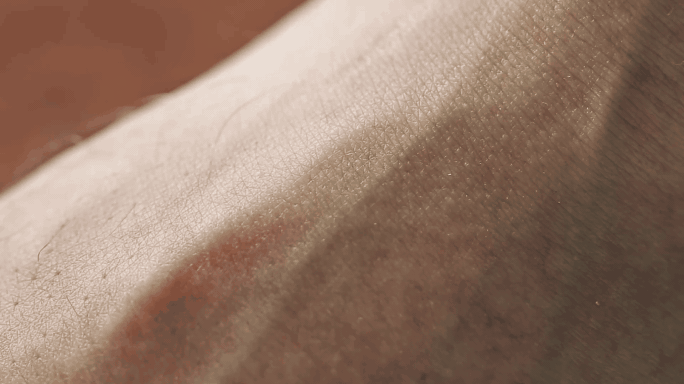
Subtle movements are converted into accurate trend data to identify patterns. measurements without physical contact.
Inside the Neteera System
Neteera’s precision sensors use high-frequency radar technology to measure micro-movements on the skin’s surface caused by the patient’s heart pumping and chest movements during breathing.
Our RPM system bridges the physical distance between provider and patient with continuous data.
Measurements are tracked and analyzed in real time, helping clinicians see what’s happening now and review trend data to identify patterns.
Inside the Neteera System
Neteera’s precision sensors use high-frequency radar technology to measure micro-movements on the skin’s surface caused by the patient’s heart pumping and chest movements during breathing.
Our RPM system bridges the physical distance between provider and patient with continuous data.
Measurements are tracked and analyzed in real time, helping clinicians see what’s happening now and review trend data to identify patterns.
Included in the Neteera System
Included in the Neteera System
Hardware
Proprietary radar sensor in a small form factor
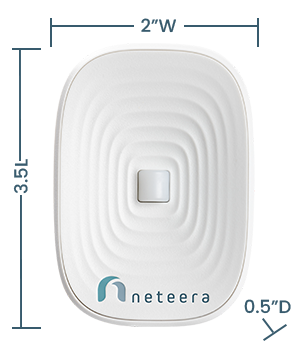
Firmware
Real-time system management and advanced, proprietary algorithms
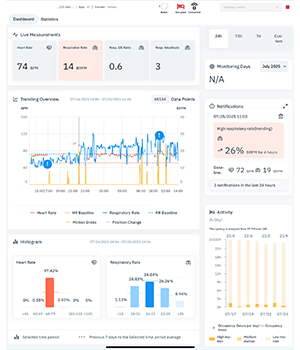
Software
Cloud-based Neteera HealthGate platform for data visualization and system management
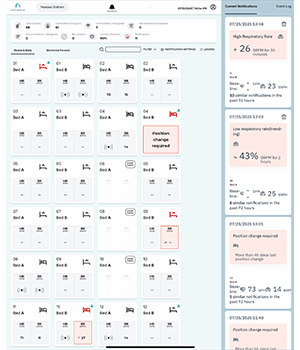
Secure Infrastructure
AWS cloud environment with encrypted, real-time data transmission
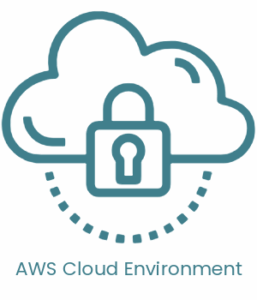
Continuous Compliance
In compliance with HIPAA, GDPR, SOC2, and ISO/IEC 27001:2022 requirements
Cleared & Certified
FDA-cleared and CE-certified by NB 2797
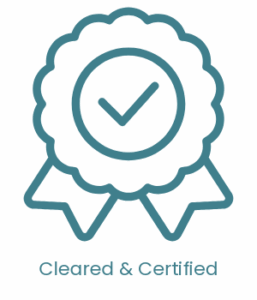
Implementation & Support
Professional installation, staff training, EHR integration, and ongoing support

Enhancements & Updates
Updates and enhancements pushed transparently as needed

Enterprise-Ready Features
Scalable: Adapt the product for single facilities or extensive health networks.
EHR integration: Seamlessly syncs with existing electronic health record systems.
Customizable thresholds: Tailor parameters to match individual patient needs.
Power outage status: The device status indicator identifies power or internet outages.
HealthGate dashboard:
– Secure, cloud-based web application for monitoring and management
– unlimited users
– Access is secured using single sign-on (SSO) and allows control of individuals or groups.
Smart alert system: Neteera’s system reduces alert fatigue while also ensuring alerts for events that may require attention.
– Threshold alerts: Customizable maximum and minimum vital sign thresholds tailored to each patient’s baseline
– Baseline deviation alerts: Neteera’s platform analyzes and calculates individual vital sign baselines, triggering alerts based on deviations from established patterns.
– Activity indication: Configure notification for patient activity like bed exit, extended time out of bed, and unusual activity patterns.
Enterprise-Grade Security:
– End-to-end encryption of all data: At rest, in motion, and in use
– Multi-region disaster recovery using AWS infrastructure
– Strict access controls with multifactor authentication
– Annual security audits ensure continued compliance
– Compliance & certification
– HIPAA, GDPR, and SOC2-compliant, and ISO/IEC 27001:2022-certified
Technical Specifications
- Compact device design: 3.5″ x 2″ x .5″
- Monitoring range: Effective up to 8 feet (2.44m) from the patient
- Data connection: USB power with secure encryption on a 2.4 GHz wi-fi
- Security: SOC II, ISO/IEC 27001:2022, and WPA2-Personal
- Installation options: Wall mount or ceiling mount
- Maintenance-free
- Updates pushed transparently as needed
Neteera Technology FAQs
Neteera Technology FAQs
How does the Neteera System protect patient privacy?
Our solution is designed to be completely contactless and non-invasive, ensuring patients feel comfortable and respected. No cameras are required, fostering trust while still providing accurate data. The information gathered is anonymous, and no personal health information (PHI) is stored on the device.
How does the Neteera System compare to similar products?
- Sensitivity: Our solution is sensitive enough to detect subtle changes in motion, activity, and vitals, but not so sensitive that small changes in the room constantly disrupt it.
- Focus: Due to Neteera’s ability to identify patients, it won’t become distracted or confused by other people in the room, such as caregivers or loved ones.
- Specificity: We continually improve the Neteera Solution to provide features tailored for specific conditions or diseases.
- Clearance and certifications: We offer FDA-Cleared and CE-Certified by NB 2797 contactless patient monitoring solutions for active patient monitoring, not just data collection.
Who benefits from using the Neteera System?
Using the Neteera System benefits all stakeholders. Physicians and nurses can remotely monitor patients from their offices or nurse stations, receiving vitals in real time. Patients are monitored from the comfort of their room in a skilled nursing facility, hospital ward, or at home, without wires and cables.
What are the benefits of using the Neteera System?
Advantages of the Neteera System can include:
- Less time spent collecting and entering data manually, with automated upload to EHR platforms
- Help in identifying patients in need by providing trend analysis that is useful for early detection
- Continuous monitoring
- Enabling preventive care and fast response
- Simplified monitoring with no consumables or maintenance
What is needed to use the Neteera System?
Only wi-fi connectivity and access to electricity are required to use the Neteera System. Clinicians can observe vital signs on the HealthGate dashboard using a computer, tablet, or smartphone.
How does the Neteera System detect vital signs?
The Neteera System uses contactless technology to measure micro-skin displacements caused by heartbeats and breathing. The ballistocardiogram wave is used, which correlates accurately with standard ECG signals.
Where can the vital sign measurements be viewed?
Individual patient data is transmitted through an encrypted secure network and stored on our HIPAA and GDPR-compliant cloud platform. Patient data can be viewed on our HealthGate platform or through EHR integration.
Is the Neteera System FDA-cleared?
The Neteera System is FDA-cleared and CE-certified by NB 2797. The vital sign monitoring sensor is cleared for spot and continuous measurement of heart rate and respiration rate.
Is the Neteera System compliant with HIPAA and GDPR?
Yes, Neteera is HIPAA and GDPR-compliant. We take the security and privacy of personal health information and sensitive data very seriously.
How is patient data stored?
Data is stored on Neteera’s HIPAA and GDPR-compliant cloud platform.
Where can the Neteera System be used?
We’ve designed the Neteera System to be highly versatile. Work is underway to implement our solution in an ever-expanding list of settings, including health systems and hospitals, independent senior living facilities, and post-acute care.
What is the difference between a low-frequency sensor and Neteera’s high-frequency sensor?
By operating at a higher frequency than low-frequency solutions (122 GHz), the Neterra System provides more accurate results. Low-frequency devices must work harder to obtain accurate skin readings of vital signs and other data. Neteera’s non-invasive technology senses micro-movements on the skin’s surface, collecting data with minimal disruption.
How does Neteera integrate into existing EHR systems?
The Neteera System can collect any required information from EHR systems or receive it via dedicated APIs.
How accurate is the Neteera System?
The Neteera System has a 95% accuracy rate, which was determined through extensive clinical studies which were submitted and approved by the FDA.
Are wearables part of the Neteera System?
No, the Neteera System does not involve wearables. It is fully contactless. It accurately measures vital signs from a distance without requiring the removal of clothing.
What vital signs does the Neteera System measure?
The Neteera Solution measures heart rate and respiratory rate.
Do clothes need to be removed for the Neteera System to work?
No, the Neteera System is contactless. Patients do not need to remove clothing, protecting their privacy and dignity.
What is the distance range for which the Neteera System works?
The Neteera solution works up to a distance of 8.5 ft. or 2.4 m from sensor to body.
What underlying technology platform is used for the Neteera System?
Neteera developed the only commercially available industrial sub-THz radar-on-chip. The radar’s high frequency enables precise data accuracy. Developing and adding future parameters can be done on the same platform.
What safety and performance information should users know?
Use only the accessories and parts supplied with the Neteera System. Should a part or accessory require replacement, please contact Neteera Support. Do not attempt to replace parts or accessories without first consulting Neteera support.
If the monitored person shares the bed with another person or pet, the solution should be mounted to the wall (at the head of the bed) and shifted ~50cm outside from the middle of the subject’s bed to ensure the effectiveness of the system and the accuracy of the measurements.
Avoid using heated blankets or any other metal-containing heating item located between the Neteera System and the monitored person. The use of heating blankets could affect the effectiveness of the Neteera System and void the system’s warranty.
The monitored person should not have direct contact with the Neteera System – a minimum distance of 5 cm should be maintained.
The Neteera System is not intended to replace monitoring high-risk situations where ECG/Capnograph monitoring is used.
The Neteera device has not been studied as a diagnostic tool for any specific disease or medical condition.
As with all medical equipment, carefully route and secure Neteera System cables and connections to reduce the possibility of entanglement or strangulation.
Interconnection of this equipment to other equipment not described in the instructions for use is prohibited.
The Neteera monitoring system is not intended for use as an alarm system for potentially life-threatening situations requiring medical intervention.
The device is not intended for use as a real-time monitor or apnea monitor for immediate action. Do not rely solely on respiration monitoring for detecting cessation of breathing. Always follow hospital guidelines and best clinical practices, including monitoring additional parameters that indicate the patient’s oxygenation status.
Before delivering medical treatment based on a high heart rate reading (120 to 160 bpm), the subject should be asked to remain still for several minutes to allow the reading to be verified under stationary conditions.


